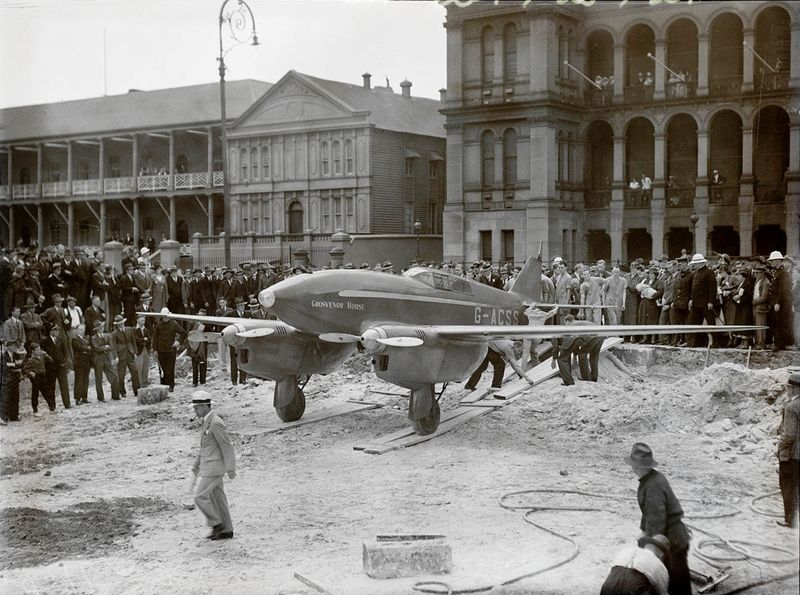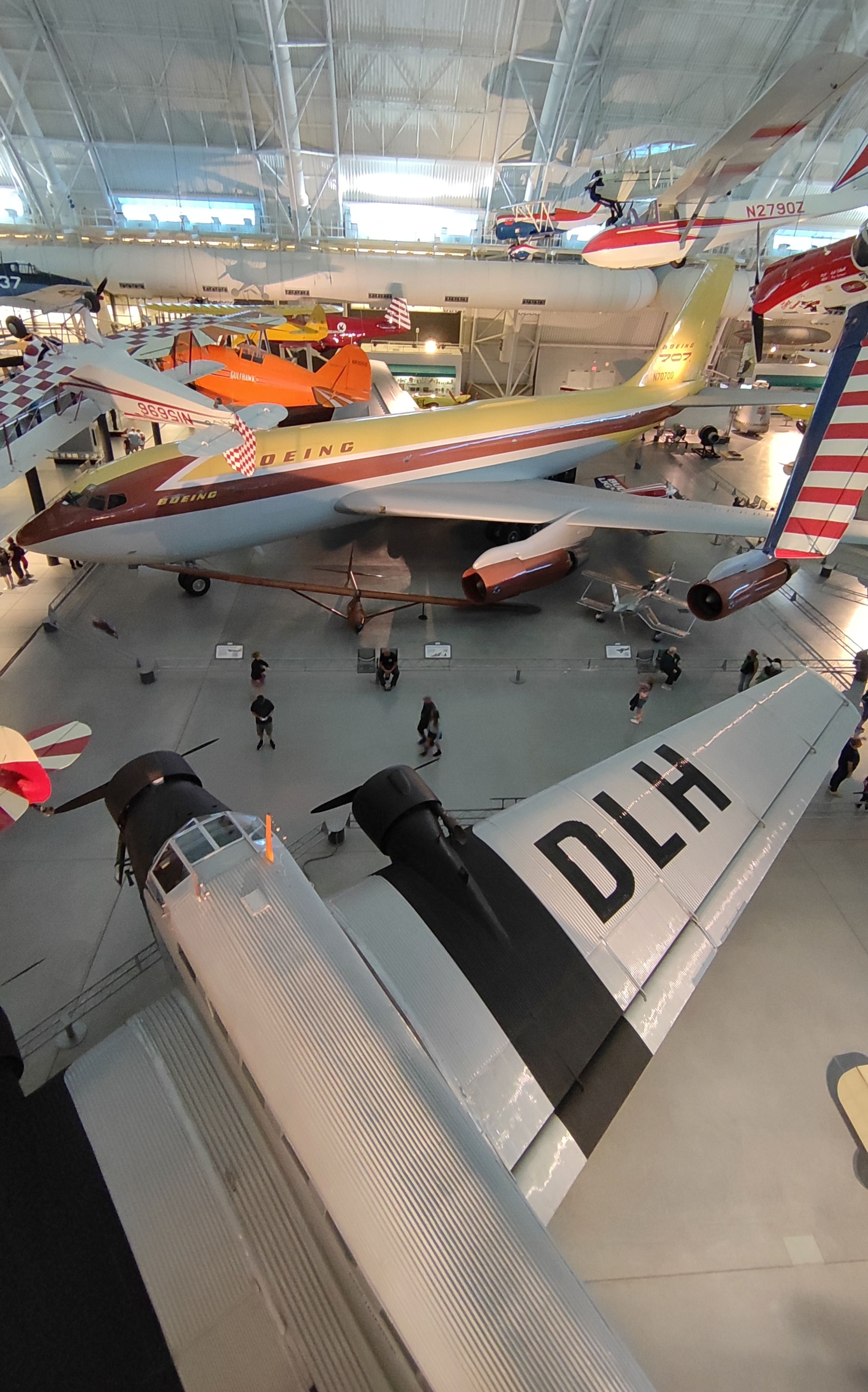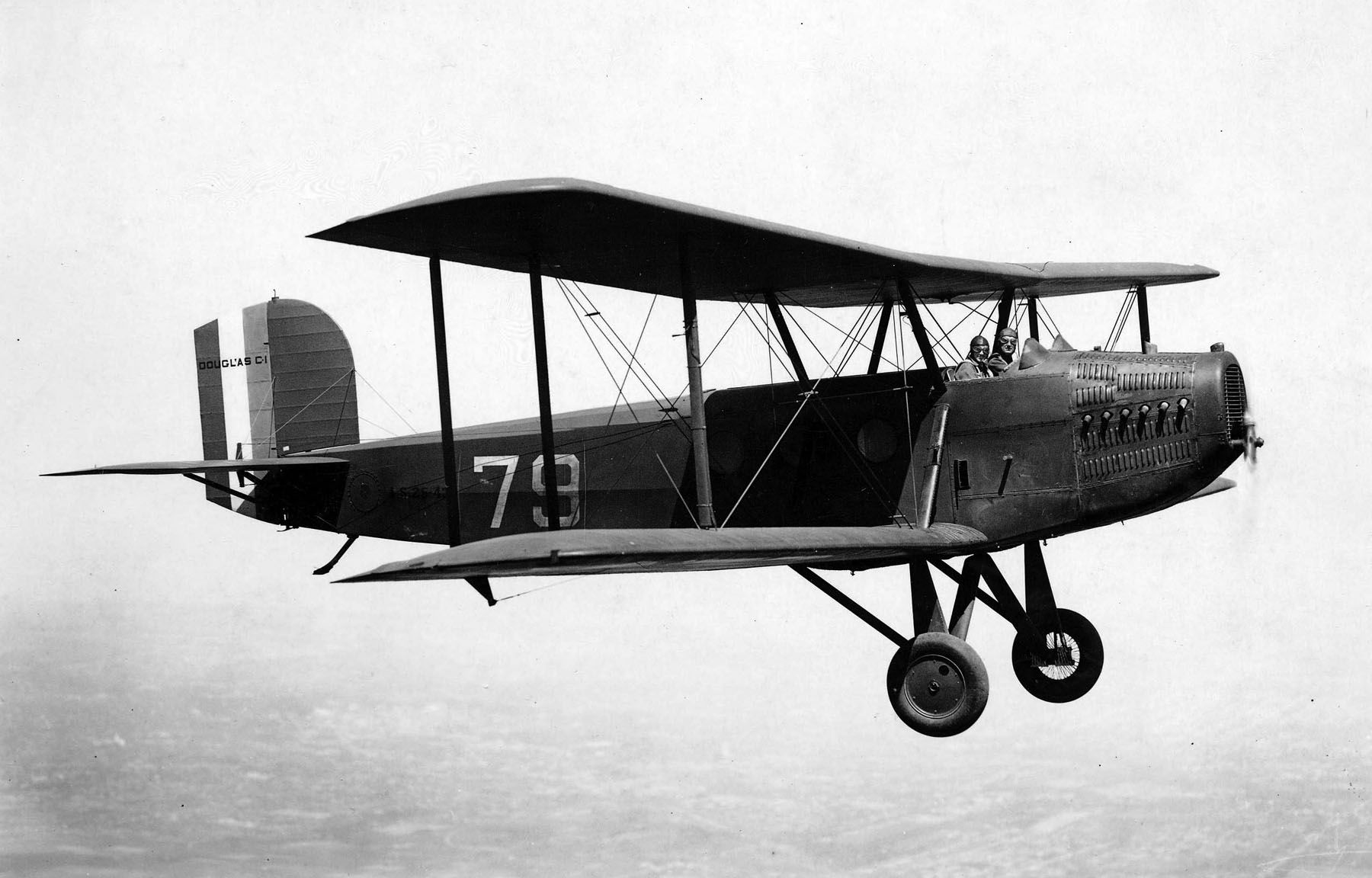The 'Golden Age' of aviation is often associated with scenes of smiling hostesses serving comfortable passengers in spacious cabins. Nonetheless, it was during the 1920s and 30s, the period between the two world wars, when the Americans were wild about aviation, as air races and daring record-setting flights dominated the news. At the same time, we saw airplanes evolving from wood-and-fabric biplanes to streamlined metal monoplanes. This was the Golden Age of Flight.
Specifically, the interwar years between 1918 and 1939 saw a breakthrough in aviation that revolutionized the way people fly and changed twentieth-century history.
New aircraft designs
The biplane is what gave the Wright brothers their feat of the first successful flight in an airplane. However, these builds utilized low-powered engines and were designed in a way that caused a lot of drag. Therefore, their wings could not handle much weight or harsh wind, so the plane was vulnerable in longer flights.
The improved design of the monoplane gave it much lower drag. Ultimately, this meant it could fly faster even with the same engine type as the biplane. Manufacturers such as Boeing were starting to mature since their founding and invested in the production of monoplanes.
The United States-based firm introduced its first monoplane model in 1932 with the P-26 Peashooter. This aircraft was also implemented into the United States Army Air Corps, making it the first monoplane to do so. Models such as these became integral to the war effort in the following years. The new aviation technologies gave fighter pilots even more power and further amended how battles were fought.
During this period, some of the modern-day's oldest airlines were in the first stages of development. Iconic brands such as KLM, Avianca, American Airlines, and Qantas had their first operations during the Golden Age of Aviation.
Longer flights
This change was matched with the application of the jet engine, further enhancing the efficiency of flight. Longer flight times with less cabin vibration were achieved with the use of this engine type. British and German engineers researched the technology before Heinkel He178 became the first jet-powered aircraft in 1939.
 The excitement of longer flight times saw growth in the number of planes used for racing. The famous MacRobertson Air Race from the United Kingdom to Australia occurred in 1934. The de Havilland DH.88 Comet traveled a distance of 11,000 miles to win this groundbreaking race.
The excitement of longer flight times saw growth in the number of planes used for racing. The famous MacRobertson Air Race from the United Kingdom to Australia occurred in 1934. The de Havilland DH.88 Comet traveled a distance of 11,000 miles to win this groundbreaking race.
 The excitement of longer flight times saw growth in the number of planes used for racing. The famous MacRobertson Air Race from the United Kingdom to Australia occurred in 1934. The de Havilland DH.88 Comet traveled a distance of 11,000 miles to win this groundbreaking race.
The excitement of longer flight times saw growth in the number of planes used for racing. The famous MacRobertson Air Race from the United Kingdom to Australia occurred in 1934. The de Havilland DH.88 Comet traveled a distance of 11,000 miles to win this groundbreaking race.A legacy left
The years that followed this period saw tragedy in World War II, with many institutions using new inventions for warfare. However, another period of progress following the war saw passengers benefit from airlines operating these builds effectively for consumer purposes.
Iconic airlines such as Pan Am invested in larger jet carriers made by Boeing and McDonnell Douglas. These institutions continued to dominate the aviation industry throughout the middle of the 20th century.
 The breakthroughs that were made during the interwar years proved to be revolutionary for global aviation. The most prominent transition was the application of the jet engine, further improving flight efficiency. The ease of travel that we have today can be attributed to this groundbreaking era. Longer, more comfortable flights with greater fuel efficiency grew from these successes.
What do you think about the Golden Era of Aviation? Let us know in the comments below.
The breakthroughs that were made during the interwar years proved to be revolutionary for global aviation. The most prominent transition was the application of the jet engine, further improving flight efficiency. The ease of travel that we have today can be attributed to this groundbreaking era. Longer, more comfortable flights with greater fuel efficiency grew from these successes.
What do you think about the Golden Era of Aviation? Let us know in the comments below.
 The breakthroughs that were made during the interwar years proved to be revolutionary for global aviation. The most prominent transition was the application of the jet engine, further improving flight efficiency. The ease of travel that we have today can be attributed to this groundbreaking era. Longer, more comfortable flights with greater fuel efficiency grew from these successes.
What do you think about the Golden Era of Aviation? Let us know in the comments below.
The breakthroughs that were made during the interwar years proved to be revolutionary for global aviation. The most prominent transition was the application of the jet engine, further improving flight efficiency. The ease of travel that we have today can be attributed to this groundbreaking era. Longer, more comfortable flights with greater fuel efficiency grew from these successes.
What do you think about the Golden Era of Aviation? Let us know in the comments below. Get the latest aviation news straight to your inbox: Sign up for our newsletters today.

